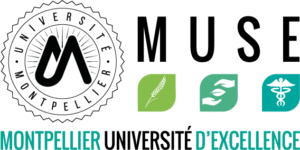Rechercher
Accueil > Production scientifique


|
Intermediate states approach for adsorptionstudies in flexible metal–organic frameworks  Auteur(s): Rogacka J., Formalik F., Triguero A.L., Firlej L., Kuchta B, Calero Sofia (Article) Publié: Physical Chemistry Chemical Physics, vol. 21 p.3294 (2019) Ref HAL: hal-02010215_v1 DOI: 10.1039/C8CP06817H WoS: 000459584900045 Exporter : BibTex | endNote 4 Citations Résumé: Adsorption studies in flexible metal–organic frameworks are challenging and time-consuming. It ismainly because the mechanism of adsorption, defined by structural framework properties, is constantlymodified during the process, as the framework transformation depends on the adsorption uptake. Wepropose here a new approach to investigate adsorption in such complex systems, in which thesimulations of adsorption in a deforming framework are replaced by the analysis of adsorption inintermediate rigid structures. As a proof of concept we analyze carbon dioxide, hexane, and methaneadsorption in MIL-53. 19 intermediate structures were generated using geometrical interpolationbetween the open and the closed MOF forms and optimized with quantum DFT calculations. The grandcanonical Monte Carlo method was applied to calculate adsorption isotherms in all intermediatestructures. The comparison with experimental results enabled the identification of the intermediateadsorption states. The analysis of the microscopic configurations of the adsorbed molecules in thesestructures allowed us to propose a new mechanism of adsorbate evolution over the entire process. |









